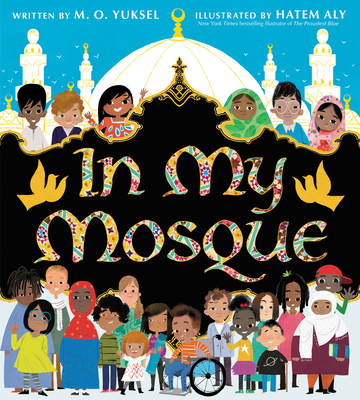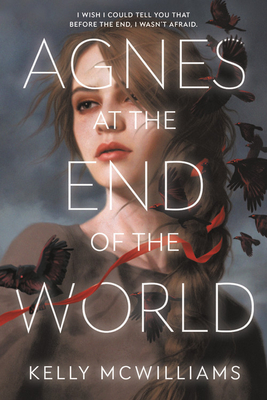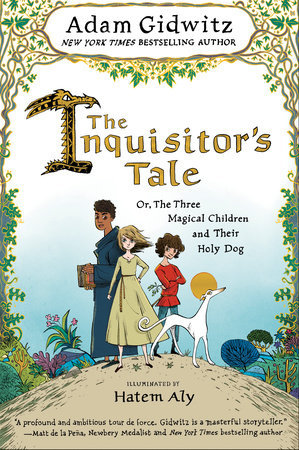
In My Mosque by M. O. Yuksel, illustrated by Hatem Aly (9780062978707)
Join children as they welcome you to their mosque. They show you how they worship, how their communities act, and demonstrate that everyone is welcome to enter and attend. A diverse range of children show how they take off their shoes when they enter, how the elders greet the children, how they help to set up the prayer rugs. In some communities the muezzin’s call brings them to prayer while in others the imam shares stories of living as one. Throughout, the focus is on a shared community, of loving and caring for one another, of helping the larger community. Clear connections are also drawn to other faiths and how similar Muslim beliefs are.
Yuksel writes with a joyous tone, welcoming children to explore and ask questions about the Muslim faith. The book combines straight forward explanations with imagery that really show how the children feel about their mosques. The imagery is lovely: “aunties’ hijabs sway like a sea of flowers as we move through our prayers” and “we line our shows in rows, like colorful beads.” All of the metaphors are approachable, offering a deeper understanding.
Aly’s illustrations are bright and friendly. They show a diverse array of children attending the mosques, including children of a wide age range. The backgrounds of the images are also filled with children and their families. Aly does a great job of including a wide array of mosques from around the world, transitioning between them in a way that makes it clear they are different spaces and countries.
A welcoming and warm look at mosques and the Muslim faith. Appropriate for ages 3-5.
Reviewed from e-galley provided by HarperCollins.








